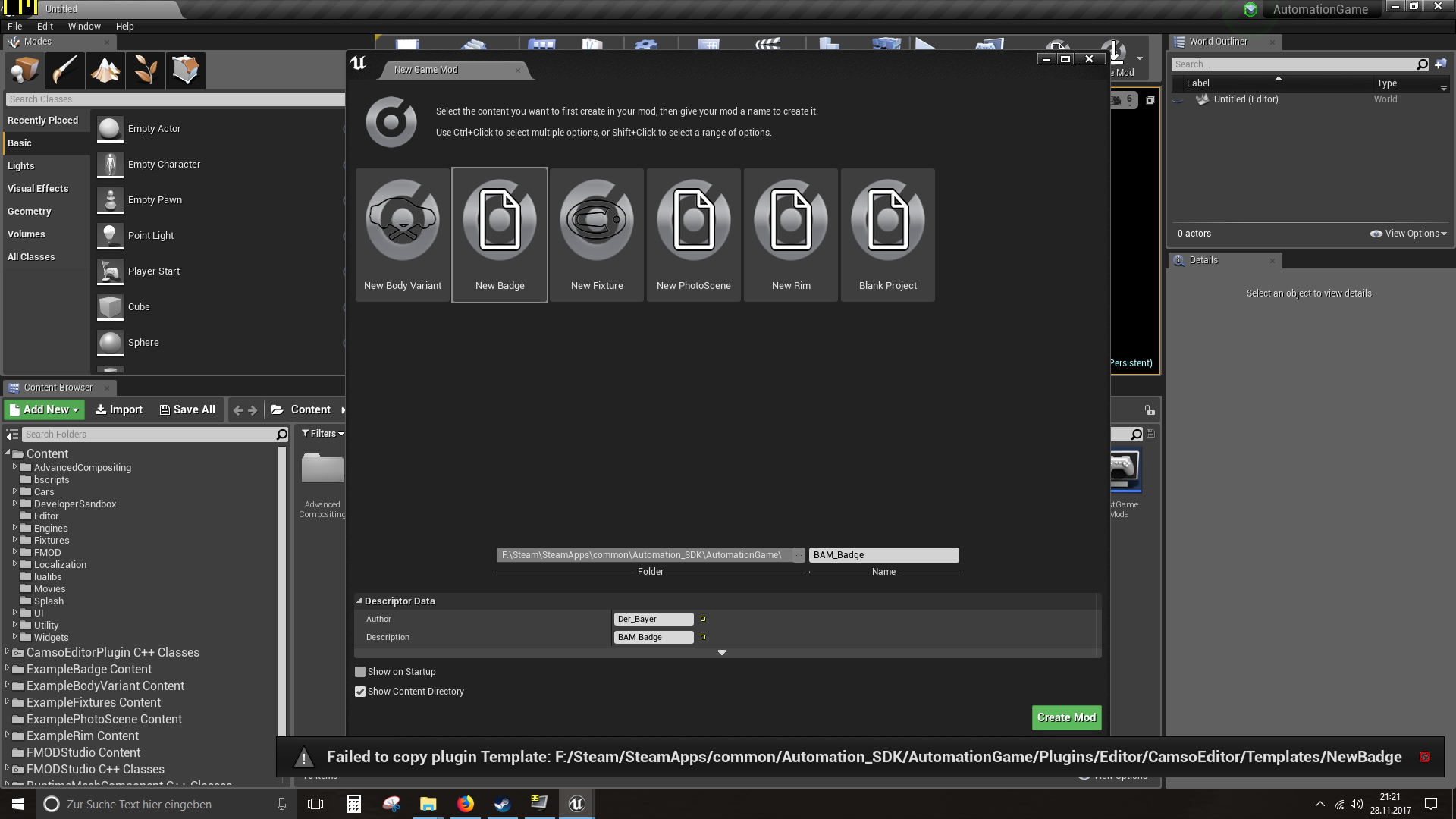

This leads to the development of several 3D models from those distinct sources whose integration provides the 3D reconstruction of the city in the 16th century. In our work, we present a map-based workflow for 3D reconstruction that balances fidelity to the original map with the integration of other historical sources and the current status of the city. These distinct features made San Cristóbal de La Laguna a UNESCO world heritage site.

This map shows the first non-fortified Spanish colonial city whose plan provided a model for the colonial cities in America. In this paper, we use the oldest preserved map of the city of San Cristóbal de La Laguna, created in 1588 by the engineer Leonardo Torriani, as the basis for its 3D virtual recreation. The use of 3D visualization technologies offers a unique opportunity to reconstruct historical cities that no longer exist or have been substantially modified.


 0 kommentar(er)
0 kommentar(er)
